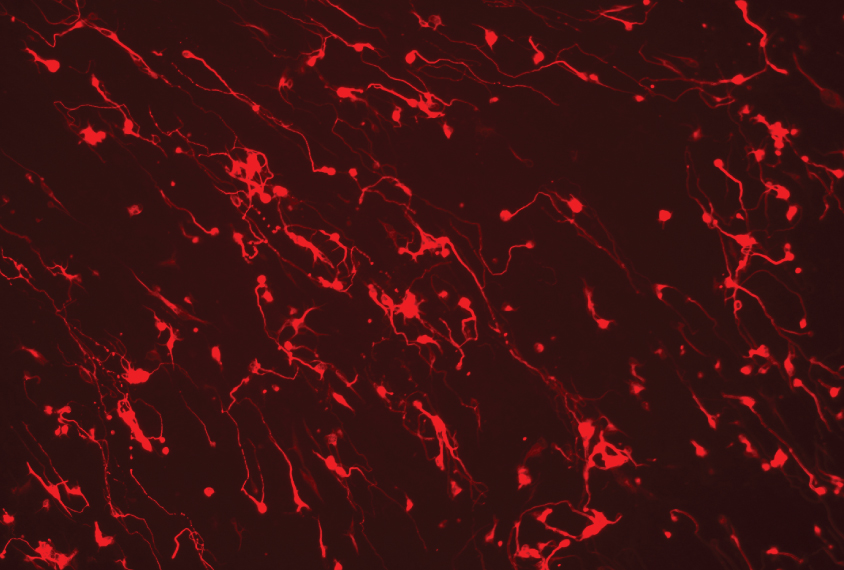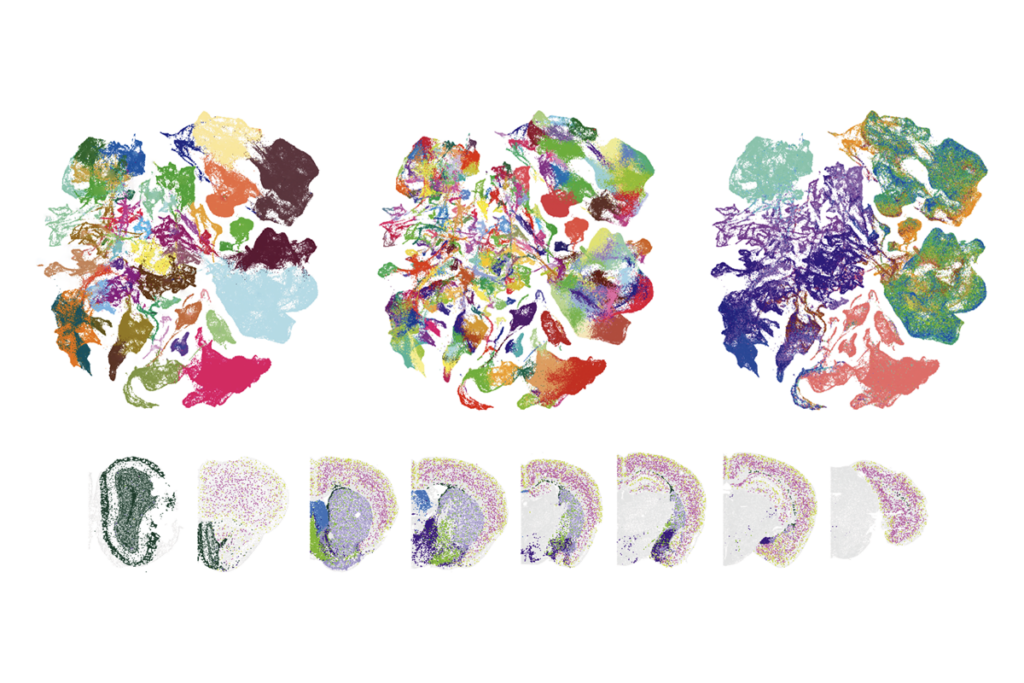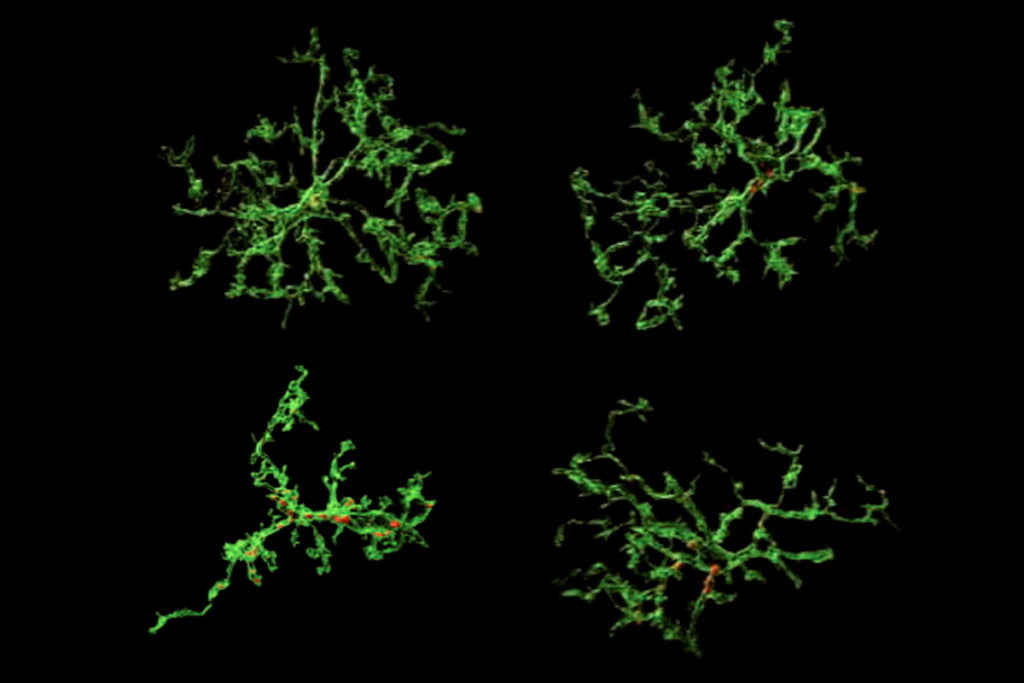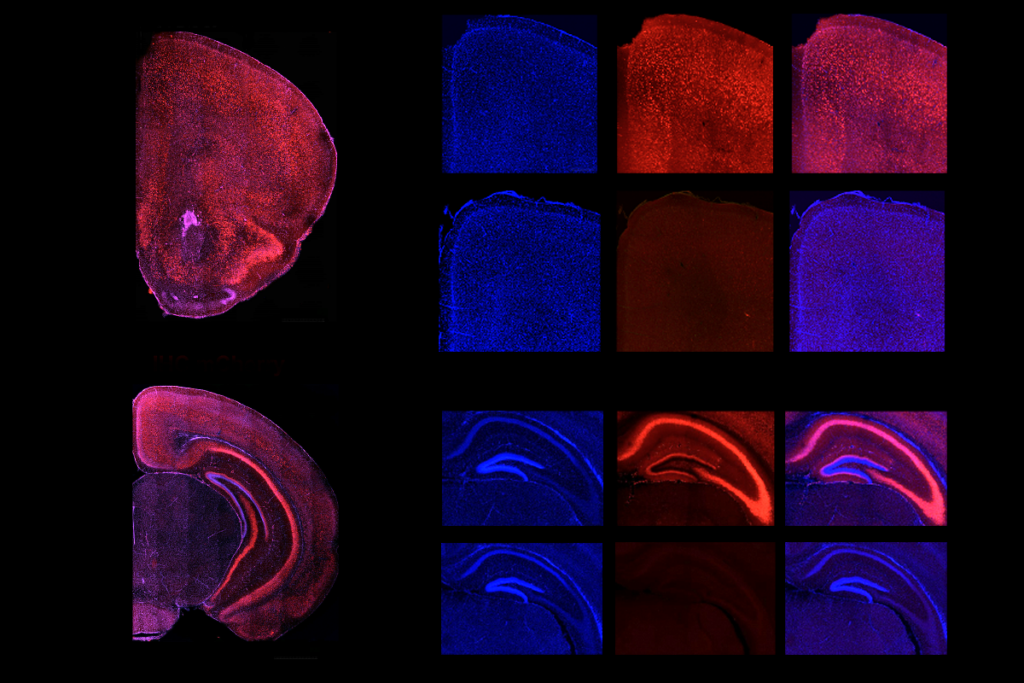
CRISPR hacks expand uses of gene-editing toolbox
Tweaks to the popular gene-editing tool allow researchers to forge neurons from skin, swap the chemical tags on genes, and more.
The gene editor CRISPR is as versatile as it is precise. By tweaking the tool or deploying it in novel ways, researchers are solving an expansive list of scientific problems.
Here are three of the latest CRISPR hacks:
Cell switch:
Many researchers use CRISPR to mutate genes, but a modified version of the tool can activate genes instead. This tweak gave one group a fast, efficient way to transform mouse skin cells into neurons1. The technique could allow scientists to easily produce neurons from individuals with conditions such as autism.
Researchers reprogram skin cells by exposing them to chemical cues that coax them toward becoming a new cell type. Typically, they do this by splicing genes that encode the cues into the cells’ DNA. However, cells sometimes switch off these implanted genes.
In the new study, published 1 September in Cell Stem Cell, researchers used a modified version of CRISPR to turn on the skin cells’ own genes, ones that had been silenced during development. They targeted three genes for factors that can directly convert skin cells to neurons.
After three weeks in culture, the cells became mature neurons that could transmit and respond to electrical signals. The CRISPR approach generates more of these functional neurons than the traditional method does.
Tag team:
In a second study, researchers modified the CRISPR system to add or remove chemical tags on DNA2. The tags, called methyl groups, are a form of epigenetic modification — one that controls gene expression without changing the DNA sequence. Methyl groups typically turn genes off.
In the new study, which appeared 22 September in Cell, researchers fused a modified version of CRISPR’s cutting enzyme, CAS9, to either of two other enzymes. One of the enzymes, called DNMT3A, makes the gene editor add methyl groups to DNA. The other enyzme, TET1, causes CRISPR to remove methyl groups.
Among other tests, the scientists used the TET1 system to switch on genes that are typically turned off in cultured neurons. Injecting the system into genetically modified mice alters methylation patterns in the animals’ brains.
Researchers could use the new tools to probe the significance of DNA methylation in autism and other conditions.
Genome scan:
More than 98 percent of the human genome does not code for proteins. Instead, many of these so-called noncoding regions regulate the expression of genes.
In a study published 30 September in Science, researchers used CRISPR to identify which noncoding segments of the genome affect expression of particular genes3.
The researchers used CRISPR to introduce roughly 18,000 mutations into human cells. The enzyme targeted the mutations to noncoding regions near three genes. Mutations that block expression of these genes make the cells resistant to the cancer drug vemurafenib.
The researchers then added the drug and identified hundreds of these mutated locations in the surviving cells. The screening method could reveal noncoding regions of the genome that regulate genes tied to autism.
References:
Recommended reading

Constellation of studies charts brain development, offers ‘dramatic revision’

Functional connectivity links with autism, not ADHD; and more

Ramping up cortical activity in early life sparks autism-like behaviors in mice
Explore more from The Transmitter

Journal retracts two papers evaluating ADHD interventions
Daniel Nicholson discusses how Schrödinger’s book ‘What is Life?’ shaped years of biology, research
